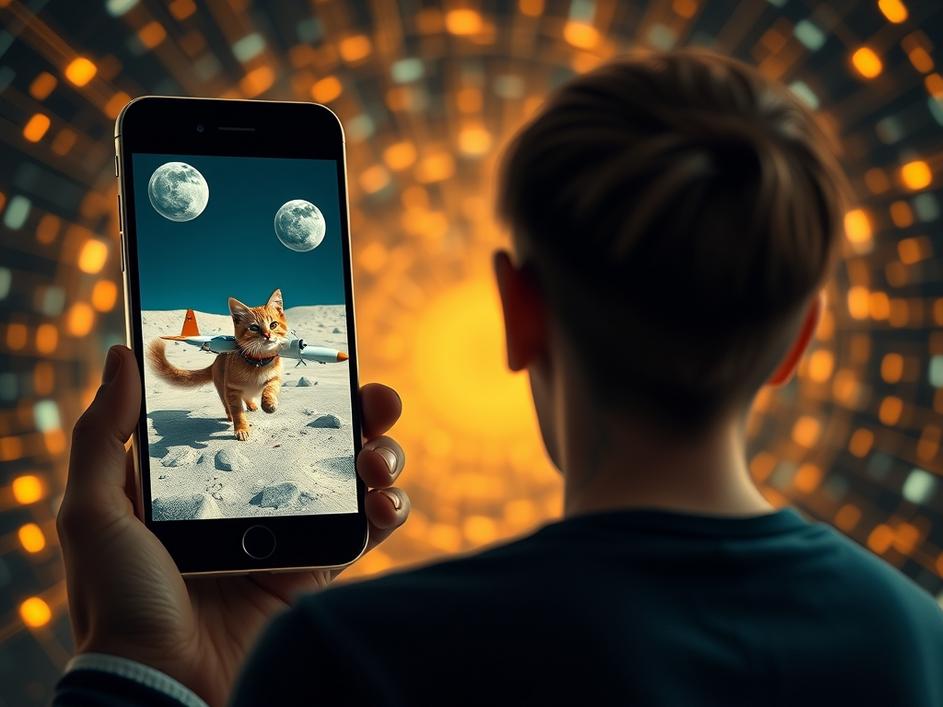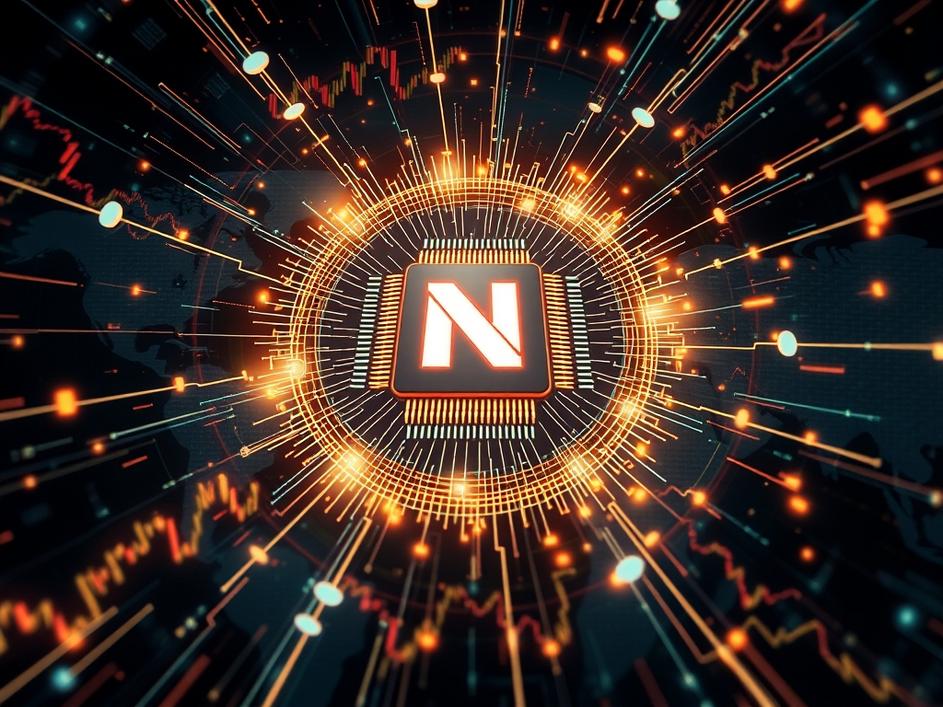


We are a digital agency helping businesses develop immersive, engaging, and user-focused web, app, and software solutions.
2310 Mira Vista Ave
Montrose, CA 91020
2500+ reviews based on client feedback

What's Included?
ToggleRemember that feeling? The one where you scroll through your feed and suddenly stop, eyes wide, thinking, “Wait, did I just see that?” It happens more and more these days. You stumble upon a video, something truly outrageous or unbelievable, and your first instinct is usually a mix of shock, confusion, and maybe a little outrage. Then, just as quickly, a tiny voice in your head pipes up: “Could this even be real?” This little voice is becoming our most important tool in navigating the internet. Because what used to be obviously fake, or required immense effort to stage, can now be conjured out of thin air with a few typed words. We’re talking about AI-generated videos, and they’re changing the game, not always in ways we expect.
It’s mind-boggling how fast artificial intelligence has grown. Tools that can make moving pictures from simple text are becoming incredibly sophisticated. What we’re seeing now are videos so good, they can easily fool the average person. Think about it: a few years ago, creating a realistic, moving image of something completely made up would have taken a team of expert animators and designers, and probably a huge budget. Now, the power to create a short, convincing video clip of almost anything you can imagine is practically in the hands of anyone with an internet connection. And what are people doing with this amazing new power? Often, they’re using it to create the most outlandish, silly, and sometimes deeply uncomfortable scenarios imaginable, just for a laugh or to go viral. It’s like giving a child a magic wand and they immediately turn their sibling into a banana.
Why are these wild, often fake, videos such a hit? It boils down to a few basic human traits. We love a good story, especially one that shocks us. We crave novelty, and nothing feels newer than seeing something truly impossible come to life on our screens. There’s also the social currency of being the first to share something jaw-dropping. We tag our friends, we comment, we react with emojis ranging from crying laughter to stunned silence. And for the creators, there’s the thrill of going viral, of getting thousands, even millions, of eyes on their work. These AI tools let people bypass the rules of reality, and that’s a huge playground for anyone looking to make a splash online. It’s less about convincing people of a truth and more about eliciting a strong, immediate reaction, no matter how ridiculous the premise.
While a video of something clearly impossible might seem like harmless fun, this technology introduces some tricky questions. When something looks so real but isn’t, it starts to mess with our ability to tell fact from fiction. If we constantly see unbelievable things that turn out to be fake, we might become more skeptical of everything, even actual news. Or, worse, we might become too trusting, unable to pick out the real fakes from the real real. There’s a big difference between an obvious joke video and something designed to mislead. And the line keeps getting blurrier. So, while a silly prank video might seem innocent, it’s also training us, the viewers, to question everything, which can be exhausting, and sometimes, even dangerous when it comes to serious topics.
For content creators, AI video tools are a double-edged sword. On one hand, they open up a universe of creative possibilities that were previously out of reach. Imaginations can run wild, bringing visions to life without needing professional studios or massive budgets. This means more diverse voices and ideas can find their way to an audience. But with great power comes, well, you know the rest. Creators now have a greater responsibility to consider the impact of their work. Is it clear this is a joke? Are they contributing to a world where truth is harder to find? It’s not just about what you can make, but what you *should* make, and how you present it. The internet thrives on authenticity, but AI video is challenging what “authenticity” even means anymore.
So, here we are, at a crossroads where digital magic meets human nature. AI video isn’t just a fancy new filter; it’s a fundamental shift in how we create and consume visual information. The ability to generate incredibly realistic, yet utterly fake, scenarios means we all need to be a little savvier. As viewers, we have to sharpen our critical thinking skills, asking ourselves if what we’re seeing truly adds up. For creators, it means embracing the exciting possibilities while also being mindful of the bigger picture – how their creations contribute to a world grappling with what’s real and what’s simply a remarkably clever illusion. It’s going to be a wild ride, and the jokes are just the beginning.


Leave a reply